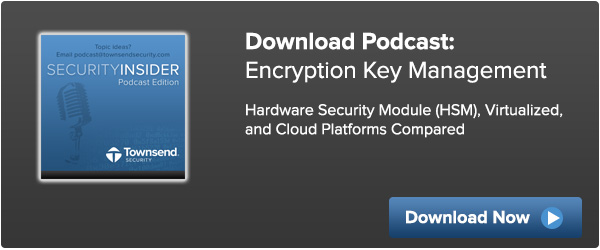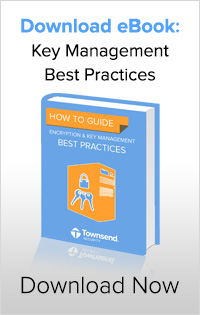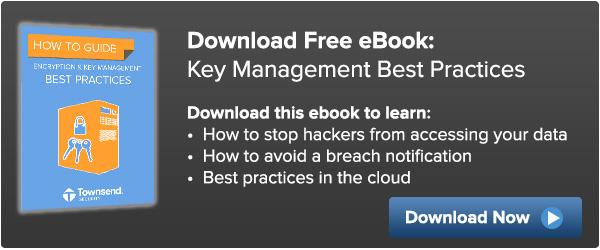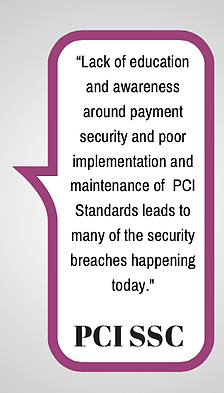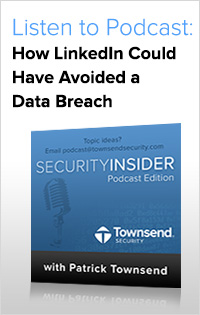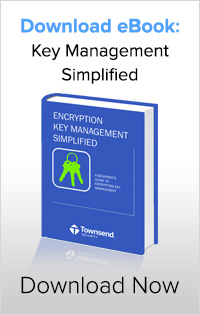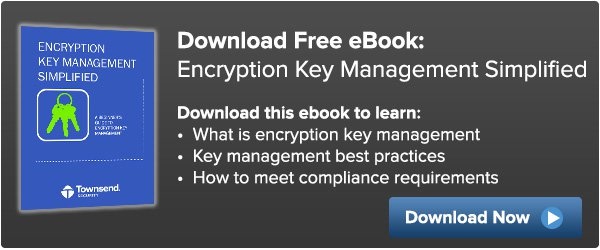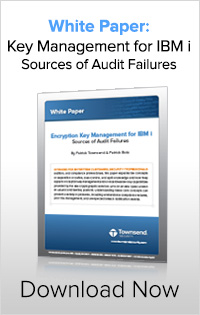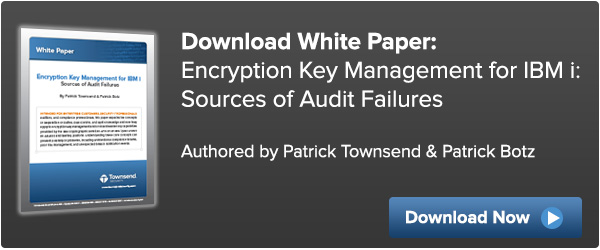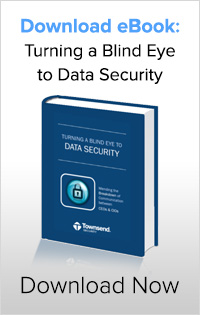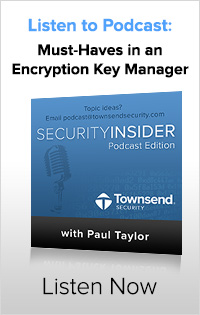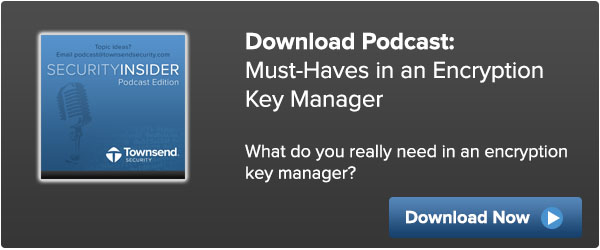Virtual encryption solutions are becoming more and more popular with organizations that are now running their applications and data centers on virtual machines and in the cloud. Although a traditional hardware security module (HSM) for key management may still be the most convenient encryption key management solution for some companies, a virtual encryption key management solution is ideal for companies who are moving to virtual machines and the cloud in order to reduce cost and complexity. Even in virtual and cloud environments, you must protect your sensitive data and manage your encryption keys in order to meet retail, healthcare, and financial regulations such as PCI-DSS, HIPAA/HITECH, and GLBA/FFIEC.
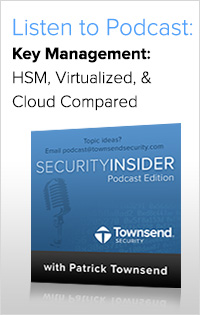
Of course, choosing a virtual key management and cloud-based encryption vendor can be difficult. Heck--encryption key management has a reputation for being difficult in itself. That’s why when choosing a virtual encryption key management solution, it’s important to look for these four differentiating factors:
1. Free 30 day trial any time of the year. Any company who offers a free thirty day trial for only a limited period of time may not be giving you a chance. Sure, installing a virtual encryption key manager is faster and easier than deploying an HSM in your data center, but the backend decision making and evaluation in your company may take at least several weeks, if not months. Look for a virtual solution that you can deploy fast, but without the pressure of a limited trial, and when you’re ready.
2. Client side applications and SDKs. Every company’s IT infrastructure is different. One of the most frustrating aspects of adopting an encryption key management solution can be roadblocks associated with needing specialized solutions or software development kits (SDKs). Today many organizations utilize both a cloud solution as well as physical hardware. Your encryption key management vendor should provide you with resources to make securing these systems easy. Better yet, they should be free.
3. Help you move to any cloud service. The cloud is always growing. With so many different cloud vendors available to you, you’ll want the power to decide which cloud you choose to move to. Your virtual encryption key management vendor should be able to support your move to the cloud whether you decide to move to VMware’s vCloud, Windows Azure, or Amazon Web Services (AWS).
4. World-class, enterprise level encryption key management for businesses of any size. Cost should not be a barrier to security. Choosing a virtual encryption key management solution can be difficult, especially when you’re faced with a tight budget. You should always ask your potential encryption key management vendor about their pricing model--do they price per key manager instance as well as additional costs per connection? Can they scale their solution to meet your company’s needs?
5. Personal attention & world-class service. Bigger isn’t always better. In the complicated world of encryption and encryption key management, you want a vendor who can move fast, pay attention to detail, and be there for you in times of need.
Townsend Security offers NIST FIPS 140-2 compliant virtual encryption key management with the added bonus of specializing in scalable solutions to meet the needs of any size of company. Free 30 day trials have been and will always be available for all of our solutions during any time of the year.
Alliance Key Manager for VMware, vSphere, and vCloud, and Alliance Key Manager for Windows Azure provide full life-cycle management of encryption keys to help organizations meet PCI DSS, HIPAA, and FFIEC compliance in virtual and cloud instances. With built-in key replication, key retrieval, and administrative controls, Alliance Key Manager virtual machine is a secure, reliable, and affordable key management solution for a wide variety of business applications and databases. Additionally, Alliance Key Manager supports on-appliance encryption and decryption services so that your encryption key is always kept separate from the data it protects. We provide free client side applications and SDKs to make deployment faster and easier than ever.

